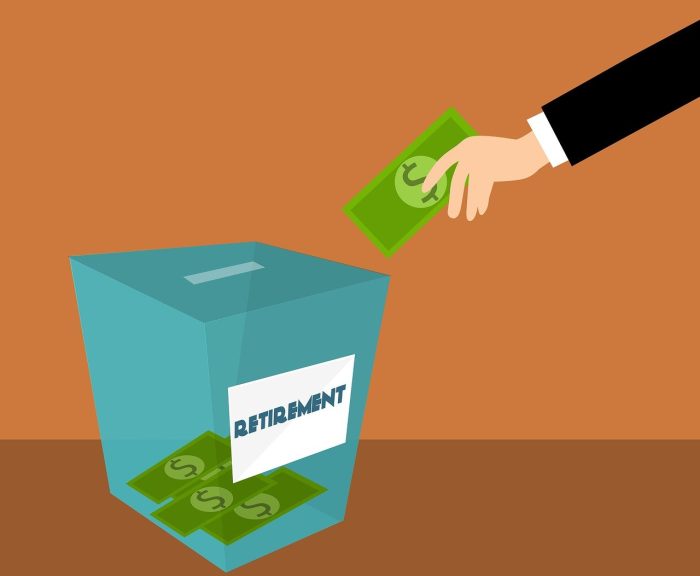By Michael Christodoulou

If you’re a business owner, you’re always thinking about the days ahead. “What can I do to boost sales in the next year? What trends should I be watching? What’s the forecast for my industry?” As a Financial Advisor, I help business owners develop and execute strategic plans to exit their businesses successfully, maximizing value and aligning with personal and financial goals. There are many ways to start maximizing the value of your business. One of the easiest to most rewarding is setting up a retirement plan for your business.
Consider these advantages of establishing a retirement plan for your business:
You’ll build resources for your retirement. You might sell your business one day, but can you count on that to fund your retirement? By investing in a retirement plan for many years, you can help accumulate the resources you will need to enjoy life as a retiree.
You can help your business attract and retain employees. In a tight labor market, you’ll want to employ all the advantages you can to attract and keep good employees — and a retirement plan can help.
You can gain tax benefits. Your contributions to a retirement plan, on behalf of yourself and your employees, can be tax deductible. Plus, you can get tax credits for starting a new plan.
Here are some retirement plans to consider:
OWNER-ONLY 401(k)
This plan is available to self-employed individuals and business owners with no full-time employees other than themselves or a spouse. You may even be able to choose a Roth option for your 401(k), which allows you to make after-tax contributions that can grow tax free. In 2025, the combined employee and employer contribution limit was $70,000, or $77,500 for those 50 or older in standard catch-up; and up to $81,250 for ages 60-63.
PERSONAL DEFINED BENEFIT PLAN
You can establish a pension plan, also known as a defined benefit plan, for yourself if you’re self-employed or own your own business. For 2025, the annual defined pension benefit for a business owner cannot exceed the lesser of $280,000 or 100% of their average compensation for the previous three highest consecutive calendar years.
SEP IRA
If you have just a few employees or are self-employed with no employees, you may want to consider an SEP IRA. In 2025, your contribution limit was 25% of your salary or $70,000, whichever was less. The percentage of your salary you contribute to your SEP IRA is the same percentage of your eligible employees’ salaries you must contribute to their SEP IRAs.
SIMPLE IRA
A Simple IRA is easy to set up and maintain, but while it may be advantageous for your employees, it’s less generous to you, in terms of allowable contributions, than an owner-only 401(k) or a SEP-IRA. In 2025, you could contribute up to $16,500 to a SIMPLE IRA. Standard catch-up (age 50-59 or64+): $3,500, bringing the total to $20,000. If you are between the ages of 60-63 you have an enhanced “super” catch-up: $5,250, for a total possible contribution of $21,750. You must put in 2% of your employees’ salaries, regardless of whether they contribute, or match their contributions dollar for dollar, up to 3% of their salaries.
A traditional 401(K) is also a viable option that provides flexibility to the business owners and employees as well.
Keep this in mind: The SECURE 2.0 legislation has made it possible for you to offer a Roth version of a SEP or SIMPLE IRA. Although contributions to either Roth account are not deductible, earnings and withdrawals are tax free, provided you (and your employees) are at least 59½ and have had your account at least five years.
To gain a deeper understanding of these and other business retirement plan options consider consulting a financial professional particularly one who holds the Chartered Retirement Plans Specialist™ (CRPS™) designation. An advantage of using a CRPS™ is that they provide expert guidance in designing, implementing, and managing employer-sponsored retirement plans to help maximize benefits and ensure regulatory compliance.
But don’t wait too long — the sooner you start preparing for your retirement — and helping your employees plan for theirs — the better.
Michael Christodoulou, ChFC®, AAMS®, CRPC®, CRPS® is a Financial Advisor for Edward Jones in Stony Brook, Member SIPC.
This article was written by Edward Jones for use by your local Edward Jones Financial Advisor.





















